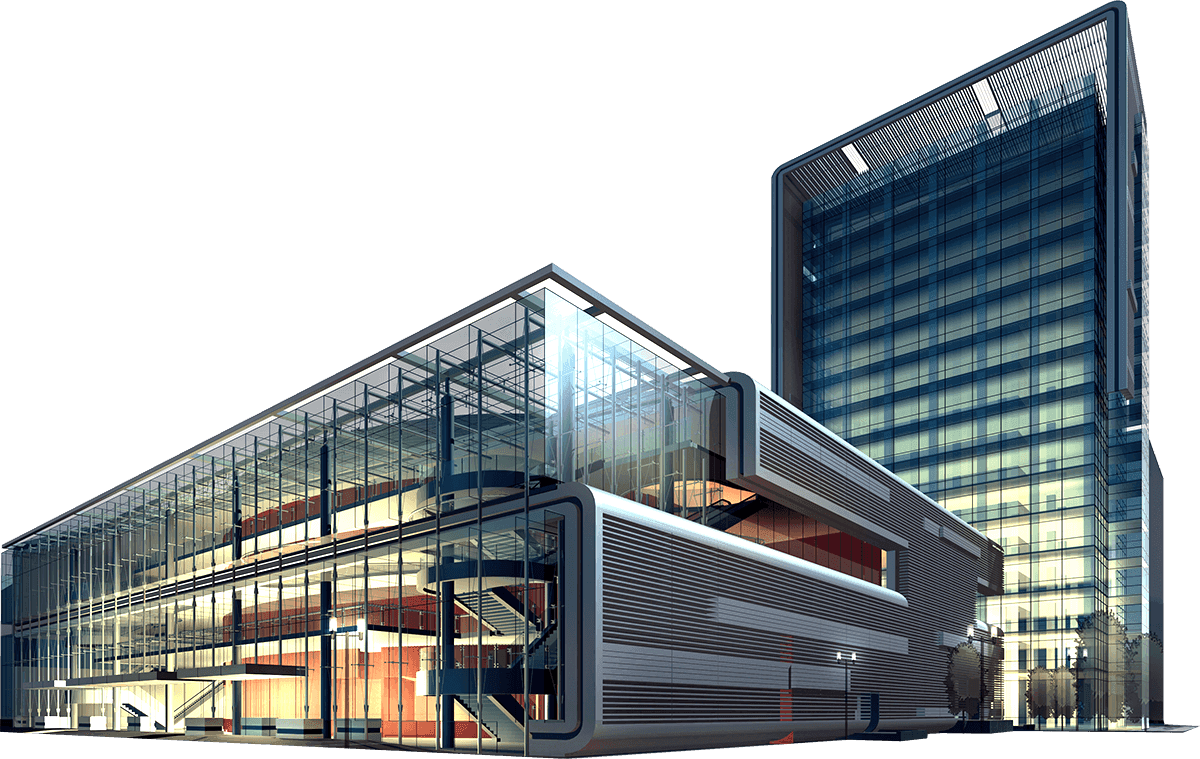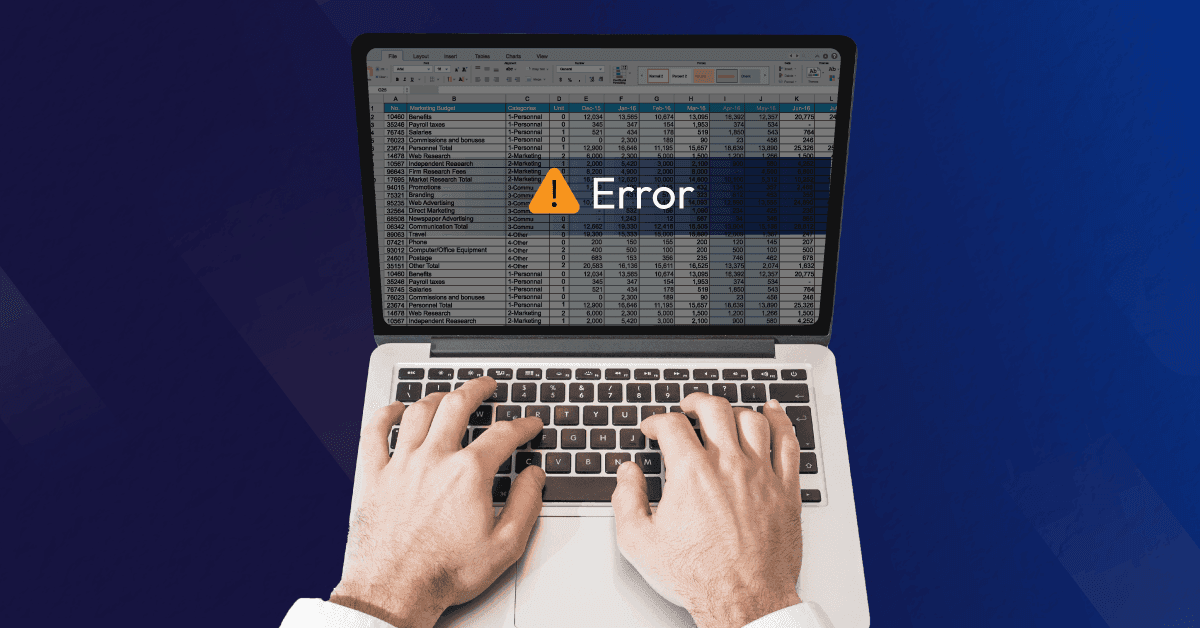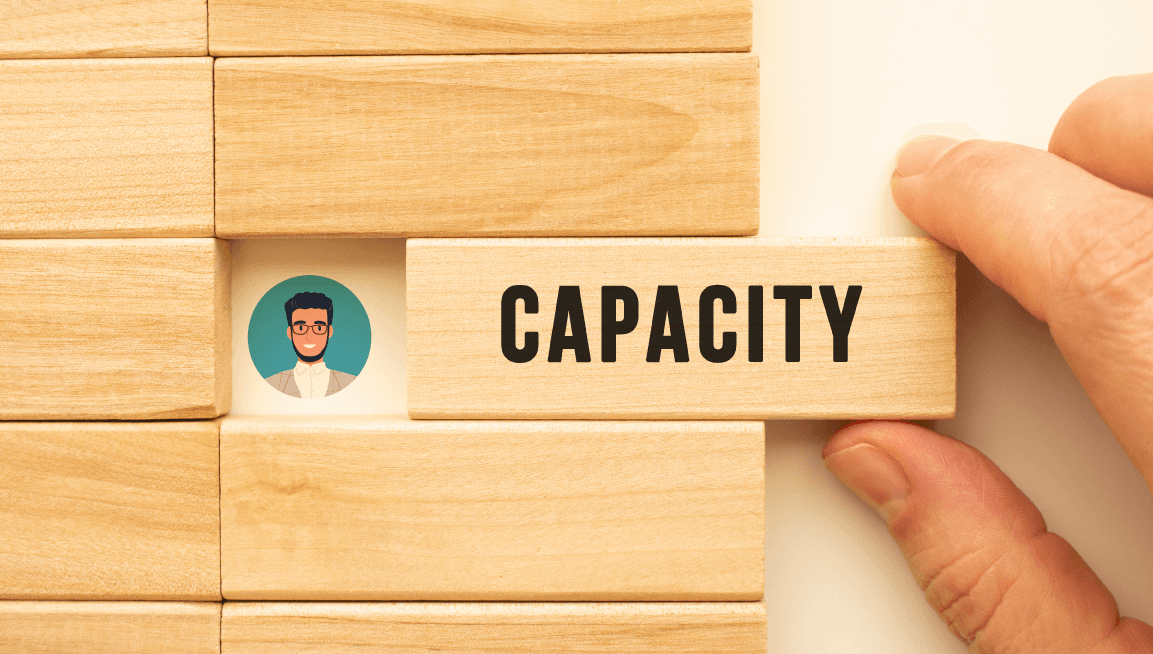“A goal without a plan is just a wish.” ~ Antoine de Saint-Exupéry, writer and pioneering aviator
Whether you’re embarking on a small-scale initiative or overseeing a multi-faceted project, having a well-thought-out resource plan can mean the difference between success and failure.
A project resource plan is a roadmap to execute a project seamlessly within time and budget. It ensures that the right people are working on the right tasks. However, crafting a well-defined plan requires a strategic understanding of project requirements and resource constraints.
With this in-depth comprehension, project and resource managers can work collaboratively to align resource needs with project demand as well as optimize overall workforce efficiency for better business outcomes.
In this article, we will delve into the basics of project resource planning and the essential steps to create a comprehensive plan to drive every project to success.
But first, let’s start with the basics!
What is a project resource plan?
A project resource plan comprehensively outlines the total number of resources required and their allocations for the successful delivery of projects. It also helps managers keep track of resource productivity and take corrective measures to optimize their utilization throughout the project lifecycle. Thus, it enables managers to keep projects on schedule and prevent budget overruns, ensuring project success.
A well-crafted project resource plan includes critical elements such as:
- Detailing an exhaustive inventory that outlines the types and quantities of resources needed for project completion.
- Assessing the overall cost associated with managing these project resources.
- Analyzing whether the organization possesses the necessary resources or if there’s a need for hiring or outsourcing.
- Establishing a well-defined process for allocating and tracking resource utilization.
- Formulating policies and protocols regarding resource acquisition and workload management.
Now, let’s move forward and understand the benefits of creating a project resource plan.
Why do you need a project resource plan?
A project resource plan serves as a blueprint for the competent allocation and effective management of various business resources throughout the project lifecycle.
Below are some business benefits of effective project resource planning:
Keeps project resourcing costs down
A well-defined plan helps managers build the right project resource mix to control the budget. They can analyze the specific project requirements and look into the internal pool to identify skilled senior, intermediate, and junior resources who have the necessary competencies to perform the various project tasks. Moreover, it allows them to use cost-effective global professionals. Thus, it helps create a cost-effective project team and reduce resourcing expenses.
Helps anticipate and meet project demand
With a project resource plan, managers can perform a demand vs. supply gap analysis to assess whether they have the right skill sets available within the organization. To address the resource shortage proactively, firms can initiate training or upskilling to prepare staff well in advance. It also gives them the lead time to acquire new professionals (permanent or contingent) to combat the existing skill gaps and prevent last-minute firefighting. This empowers managers to initiate projects on time and meet deadlines efficiently.
Ensures the right people are working on the right tasks
A project resource plan is a roadmap to identify and assign highly proficient resources to various tasks. By ensuring that the right people with the right skill sets are working on the right project tasks, managers can guarantee that deliverables meet deadlines and quality expectations. It reduces the chances of rework, errors, and delays, thereby enhancing project execution and performance.
Improves billable utilization of the workforce
A project resource plan clearly defines the utilization targets for each resource category- permanent, contingent, full-time, and part-time. This helps managers to compare actual time spent by project team members against initial estimates and take corrective action to prevent deviation. For instance, if resources are spending significant time on non-billable tasks, managers can swiftly adjust their schedules and mobilize them to revenue-generating tasks, improving billable utilization.
Facilitates timely delivery of projects
A project resource plan plays a pivotal role in the successful delivery of projects. First, it prevents last-minute resourcing hassles by ensuring the availability of the right skill sets. Secondly, it helps assign competent professionals to the appropriate tasks at the right time, enabling managers to initiate the project on schedule. Moreover, it helps align resource competencies with tasks, which results in higher productivity, improved deliverable quality, and seamless project execution. All these factors work cohesively to facilitate the timely delivery of the project.
Steps to create a practical project resource plan
Developing a practical project resource plan is crucial for firms to harness the full potential of their workforce. Let’s read below how to create an effective one.
Understand your project resource requirements
The first step in developing a robust plan is to understand the project scope and estimate the resource requirements accordingly. It involves creating a catalog of the types, quantities, and nature of resources necessary for seamless project completion. Besides, managers must also consider the timeframe and associated cost of acquiring and managing these resources throughout the project lifecycle.
Analyze the demand vs. supply gap
Once the project resource requirements are established, the next step is to calculate the gap between the organization’s resource capacity and project demand. This analysis helps recognize whether you have the requisite skill sets available within the workforce. It provides project and resource managers sufficient lead time to implement remedial measures to prevent shortages at the eleventh hour.
Use the right treatments to mitigate the gap
After identifying the capacity vs. demand imbalance, managers need to apply the right treatments to bridge the gap. For shortages, they may opt for re-training the existing employees, adjusting project timelines as per resource availability, or hiring new people with the right competencies. Depending on whether the project requirement is one-time or long-term, they can decide to recruit permanent employees or on-demand consultants.
Identify and assign suitable employees to projects
Once the necessary skill sets have been acquired, the next step is assigning resources to specific project tasks. For this, they must consider factors such as availability, competencies, costs, expertise level, and interests. Moreover, managers must carefully assemble a competent project team consisting of a balanced mix of senior and junior staff. This approach helps them control the project budget without compromising resource quality.
Leverage contingent workers when necessary
If competent resources are unavailable within the organization, managers can strategically leverage contingent workers for short-term requirements. When skilled resources are scarce or critical team members are tied up with other projects, hiring temporary professionals becomes imperative. These skilled contingent workers can efficiently manage demand fluctuations, ensuring project timelines are achieved without overloading the core team.
Keep a tab on the utilization levels of every resource
After assigning suitable resources to tasks, managers need to consistently monitor and manage the utilization levels of each resource throughout the project lifecycle. They need to identify people who are underutilized or overloaded before it impacts their performance and engagement. Accordingly, they can take appropriate measures to ensure optimal utilization, improve productivity, and ensure a seamless operational workflow.
Monitor and adjust resource schedules as per requirement
Upon tracking and analyzing the utilization levels, managers can use optimization techniques like resource leveling and smoothing to balance workloads. With resource leveling, managers can align the project timeline with resource availability, while smoothing involves bringing in more resources to finish tasks. This helps managers to prevent instances of burnout and disengagement, ensuring that the project stays on track.
Now, let’s have a look at some additional tips that will help!
Key Takeaway: Tips to Improve Project Resource Planning
- Have a clear understanding of the project’s objectives, deliverables, timelines, and constraints to accurately estimate resource requirements.
- Involve key stakeholders, team members, and department heads in the resource planning process.
- Identify task and resource dependencies ahead of time to avoid bottlenecks and ensure smooth project flow. Adjust resource allocations based on these interdependencies.
- Utilize dedicated resource management tools to streamline the planning processes.
- Evaluate the effectiveness of your project resource plan and implement corrective actions to enhance the process for future projects.
- Identify potential resource risks and develop contingency plans to mitigate them.








